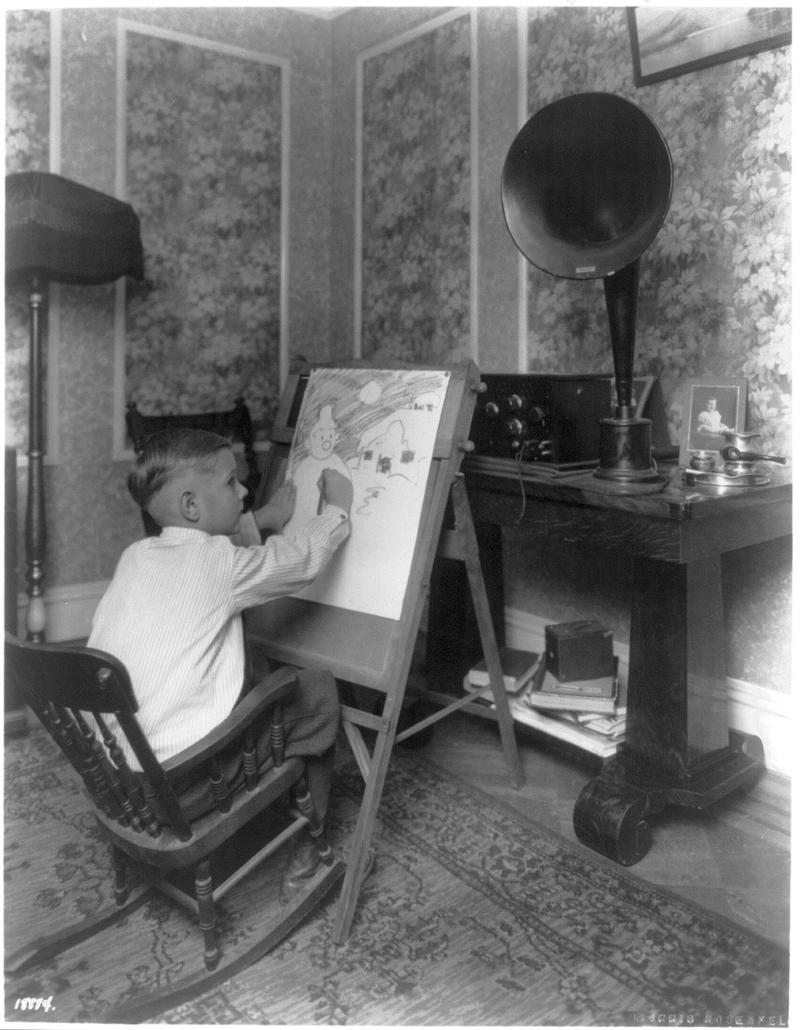
The internet is a great place to learn. There are MOOCs and Wikipedia articles and political blogs and seemingly infinite other educational resources.
There are also cat videos, listicles, and absurd quizzes.
Think of 1940s radio as something similar. Educators in the 1920s dreamed that everyone would be tuning into lectures and political speeches and classical music all of the time, and that learning would become this great, democratic process.
And yes, some people tuned into the various educational programs on the air. But by the 1940s, it was clear that many, many more people tuned into the soaps and the mysteries—the 1940s radio equivalent of the cat video.
So, people tried to spice up their educational shows by turning them into dramas. Sometimes it worked. Sometimes it didn’t.
In 1945, CBS released a paper called “Showmanship in Radio Educational Programs.” It walks through the qualities that can make or break an educational docudrama.
This episode, on Backtrack, we explore that CBS article using, as examples, two WNYC docudramas from the 1940s and 50s: This is My Block (1951) and New York Queen of Commerce (1948).
This piece is the third episode of Backtrack, a summer mini-series from the WNYC Archives. The rest of the episodes can be found here.
We drew on several sources for this episode, but especially Matthew Erlich's article, "Radio Utopia: Promoting Public Interest in a 1940s Radio Documentary," as well as Robert Musburger's article "Setting the Stage for the Television Docudrama," and several copies of "Education on the Air.” Thanks also to the Municipal Archives for giving us access to their shows.
